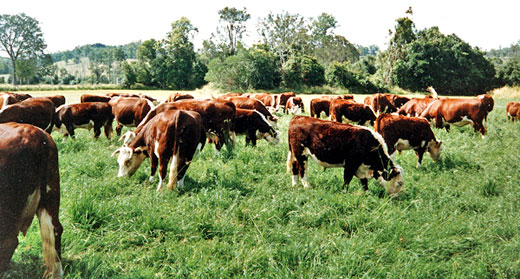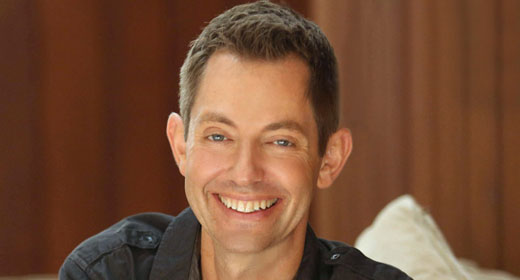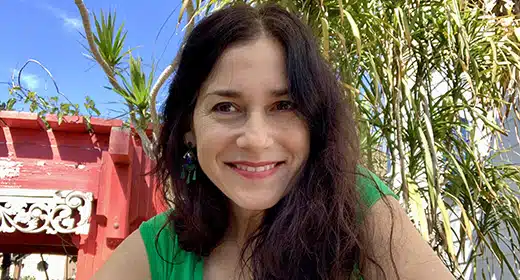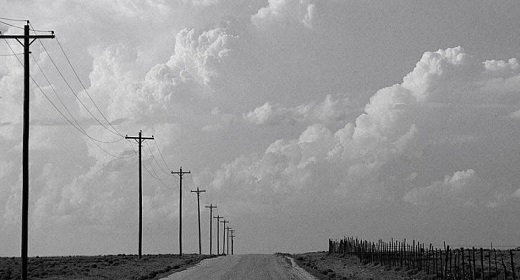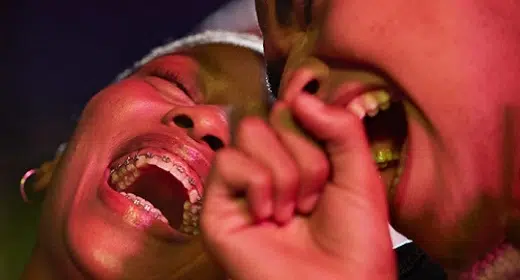by Roshi Joan Halifax: Compassion can change your life. Just ask Dr. Gary Pasternak, the Medical Director of Mission Hospice in San Mateo, CA:
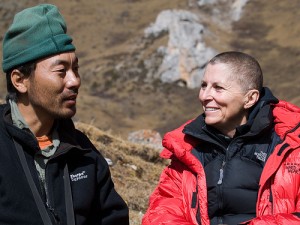 “I’m up late admitting patients to the inpatient hospice unit. Just when I think I’m too old for these late nights without sleep, a person in all their rawness, vulnerability, and pain lays before me. As my hands explore the deep wounds in her chest and my ears open to her words, my heart cracks open once again…. This night, a sweet 36-year-old woman with her wildly catastrophic breast cancer speaks of her acceptance and her hope for her children, and she speaks with such authenticity and authority. Her acceptance comes to me as the deepest humility a person can experience. Then again, once again, I remember why I stay up these late nights and put myself in the company of the dying.”
“I’m up late admitting patients to the inpatient hospice unit. Just when I think I’m too old for these late nights without sleep, a person in all their rawness, vulnerability, and pain lays before me. As my hands explore the deep wounds in her chest and my ears open to her words, my heart cracks open once again…. This night, a sweet 36-year-old woman with her wildly catastrophic breast cancer speaks of her acceptance and her hope for her children, and she speaks with such authenticity and authority. Her acceptance comes to me as the deepest humility a person can experience. Then again, once again, I remember why I stay up these late nights and put myself in the company of the dying.”
Compassion may be defined as the capacity to be attentive to the experience of others, to wish the best for others, and to sense what will truly serve others.
Ironically, in a time when we hear the phrase “compassion fatigue” with increasing frequency, compassion as we are defining does not lead to fatigue. In fact, it can actually become a wellspring of resilience as we allow our natural impulse to care for another to become a source of nourishment rather than depletion.
Developing our capacity for compassion makes it possible for us to help others in a more skillful and effective way. And compassion helps us as well. Findings from recent research studies suggest that compassion plays a significant role in reducing physiological stress and promoting physical and emotional wellbeing.
For nearly 40 years, I have been exploring ways to bring compassion into our medical system and particularly into the work of caring for the dying. These efforts came to fruition in 1994 with the founding of the Being With Dying (BWD) professional training program. While the BWD program is based at Upaya Zen Center in Santa Fe, New Mexico, I have been honored to share this training throughout the world with thousands of healthcare professionals.
For many years, our interdisciplinary team of distinguished healthcare leaders and educators, including Dr. Pasternak, Dr. Tony Back, and Dr. Cynda Rushton, has worked together in the BWD training, bringing wisdom, sound practicality, and applied compassion to this powerful program in order to transform the quality of countless lives – and deaths.
Recently, in response to the need for tools that can help prevent burnout and secondary trauma in clinicians, I developed the G.R.A.C.E. model. This practice offers physicians, nurses, and others working in stressful situations a simple and efficient way to open to their patient’s experience, to stay centered in the presence of suffering, and to develop the capacity to respond with compassion.
Dr. Cynda Rushton has said this about the model:
Clinicians who care for critically ill children and their families often find their empathy aroused while trying to make sense of ethically challenging situations. G.R.A.C.E. offers a simple, but profound way to regain their stability, engage compassion, and reduce the detrimental effects of threats to their integrity.
This model has worked so well that we are now adapting G.R.A.C.E. so that it can be used in other settings, including education, corrections, and other relationship-based, service endeavors.
G.R.A.C.E. is a simple mnemonic that is easy to remember – an important quality when we are in the midst of a stressful interaction or situation. Recalling the elements of G.R.A.C.E. allows us to slow down and be more mindful and aware in the process of interacting with another so that compassion can arise.
It’s quite possible to use G.R.A.C.E. in your everyday interactions and allow it to help you cultivate more compassion in your own life. Here’s how to do it.
The G.R.A.C.E. model has five elements:
1. Gathering attention: focus, grounding, balance
2. Recalling intention: the resource of motivation
3. Attuning to self/other: affective resonance
4. Considering: what will serve
5. Engaging: ethical enactment, then ending
You can use the following detailed description of each element as a script for your own G.R.A.C.E. practice:
1. Gather your attention.
Pause, breathe in, give yourself time to get grounded. Invite yourself to be present and embodied, by sensing into a place of stability in your body. You can focus your attention on the breath, for example, or on a neutral part of the body, like the soles of your feet or your hands as they rest on each other. You can also bring your attention to a phrase or an object. You can use this moment of gathering your attention to interrupt your assumptions and expectations and to allow yourself to relax and be present.
2. Recall your intention.
Remember what your life is really about: that is to act with integrity and respect the integrity in all those whom you encounter; remember that your intention is to help others and serve others and to open your heart to the world. This “touch-in” can happen in a moment. Your motivation keeps you on track, morally grounded, and connected to your highest values.
3. Attune by first checking in with yourself, then whomever you are interacting with.
First notice what’s going on in your own mind and body. Then sense into the experience of whom you are with; sense into what the other person is saying, especially emotional cues: voice tone, body language. Sense without judgment. This is an active process of inquiry, first involving yourself, then the other person. Open a space in which the encounter can unfold, in which you are present for whatever may arise, in yourself and in the other person. How you notice the other person, how you acknowledge the other person, how the other person notices you and acknowledges you, all constitute a kind of mutual exchange. The richer you make this mutual exchange, the more there is the capacity for unfolding.
4. Consider what will really serve the other person by being truly present for this one and letting insights arise.
As the encounter with the other person unfolds, notice what the other person might be offering in this moment. What are you sensing, seeing, learning? Ask yourself: What will really serve here? Draw on your expertise, knowledge, and experience, and at the same time, be open to seeing things in a fresh way. This is a diagnostic step, and as well, the insights you have may fall outside of a predictable category. Don’t jump to conclusions too quickly.
5. Engage, enact ethically. Then end the interaction and allow for emergence of the next step.
Part 1: Engage and enact. Compassionate action emerges from the sense of openness, connectedness, and discernment you have created. This action might be a recommendation, an open question about values, or a proposal for how to spend the remaining time with this person. You co-create with the other person a dynamic, morally grounded situation, characterized by mutuality, trust, and consistent with your values and ethics; you draw on your expertise, intuition, and insight, and you look for common ground consistent with your values and supportive of mutual integrity. What emerges is principled compassion: mutual, respectful of all persons involved, and as well practical and actionable. These aspirations may not always be realized; there may be deeply rooted conflicts in goals and values that must be addressed from this place of stability and discernment.
Part 2: End the interaction. Mark the end of the interaction with this person; release, let go, breathe out. Explicitly recognize internally when the encounter is over, so that you can move cleanly to the next interaction or task; this recognition can be marked by attention to your out-breath. While the next step might be more than you expected would be possible or disappointingly small, notice that, acknowledge what transpired. Without acknowledgement of what unfolded, it will be difficult to let go of this encounter and move on.
We live in a time when science is validating what humans have known throughout the ages: that compassion is not a luxury; it is a necessity for our well-being, resilience, and survival. My hope is that the G.R.A.C.E. model will help you to actualize compassion in your own life and that the impact of this will ripple out to benefit the people with whom you interact each day as well as countless others.


